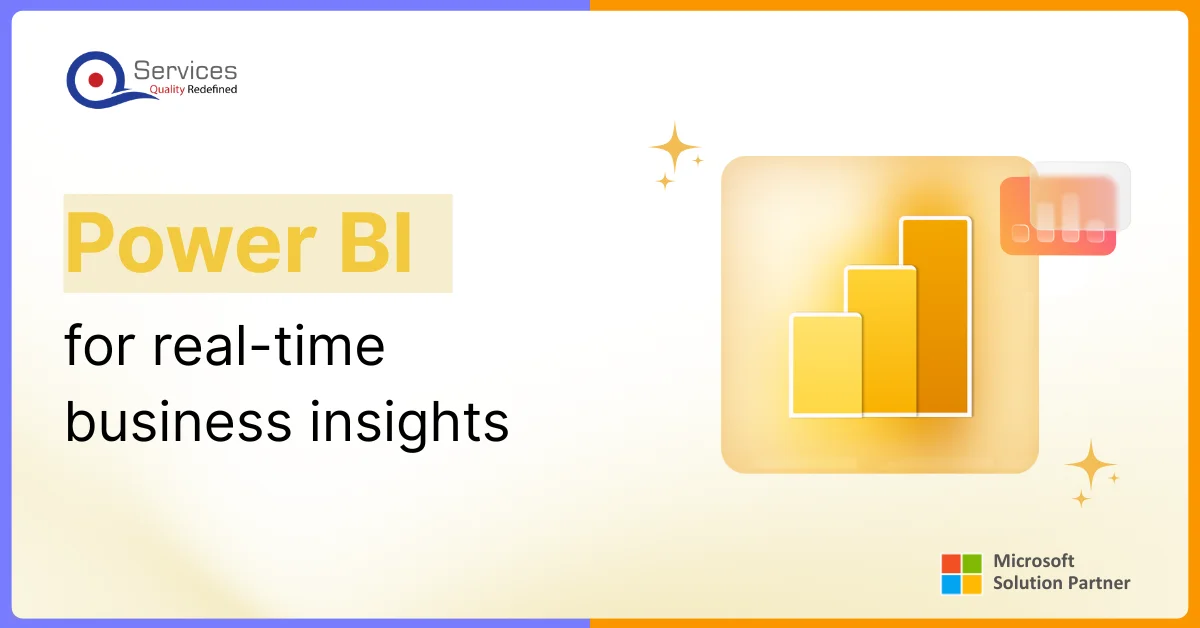
Home » Streamlining Loan Processing: The Automation Advantage for Regional Banks and Credit Unions

Loan processing is a core function of financial institutions. When customers apply for loans, they’re often in urgent need and expect quick decisions. However, banks face delays due to due to manual document verification, credit risk assessments, and compliance checks.
For regional banks and credit unions, the challenge is even greater. With limited staff and infrastructure, staying efficient becomes difficult. They need solutions that handle growing demand with speed and accuracy, which automation does perfectly.
Loan automation systems are redefining the workflow of lending. By speeding up processes, these systems help institutions deliver faster approvals without compromising compliance.
With customer expectations rising, automation has become essential for smaller institutions looking to modernize and scale.
Loan processing automation means using software to perform regular, rule-based tasks that are involved in the process of lending funds to the customer by a bank.
A loan automation system operates independently across all stages of the loan lifecycle, whether it’s loan application, credit underwriting, or compliance checks. With lending being automated, banks can consistently approve loans faster and with greater accuracy.
A loan automation software in finance can:
Automate loan origination: Digitizes application intake, verification, and initial screening with minimal manual input.
Streamline KYC/AML checks: Integrates regulatory checks through secure APIs and real-time data sources.
Enable automated underwriting: Uses decision models and rules engines to assess creditworthiness.
Manage documentation workflows: Auto-generates, stores, and routes credit and loan documentation securely.
Perform credit checks and scoring: Leverages credit underwriting software for instant credit profiling.
Integrate with core systems: Syncs with platforms like CSI core banking for seamless data flow.
Get free Consultation and let us know your project idea to turn into an amazing digital product.

Small financial institutions like credit unions and regional banks often struggle to process loan applications efficiently due to limited resources. Automation helps them make lending decisions faster as it works as a superficial loan agent for them. Here’s what it enables:
Automated systems powered by AI help credit unions and other financial institutions in loan underwriting by providing real-time risk scoring based on behavioural, transactional, and credit data.
Unlike traditional static scorecards, AI-driven underwriting models adapt to trends and anomalies, flagging high-risk applicants proactively.
Automation in KYC and AML processes reduces manual errors and ensures compliance with regulatory requirements. With loan automation software, document uploads are automatically classified, verified, and screened against sanctions lists.
Loan automation software provides real-time analytics on loan performance. Credit unions and regional banks can track repayment behaviour, delinquency rates, and product adoption.
This data-driven insight supports smarter decisions and enables timely cross-sell opportunities, such as promoting credit cards, insurance, or investment products based on user behaviour.
A fully automated lending system ensures applicants move smoothly from submission to approval and funding. It enables an end-to-end digital lending experience for credit unions as well as regional banks, improving member satisfaction while reducing internal workload.
Automating lending processes optimizes workflows, leading to faster service for customers and greater efficiency for financial institutions. Here are some key advantages of automating credit loan processing:
Share your project idea with us. Together, we’ll transform your vision into an exceptional digital product!

Using automation for credit and loan related tasks benefited financial institutions of all sizes. This technology has led to increased speed, greater transparency, and the ability to offer more targeted loan products and services. Here are a few practical examples:
Wells Fargo faced growing demand from retail and SME customers for fast and fully digital loan approvals. They integrated AI-based document recognition and loan origination automation to transform their traditionally slow approval process into a real-time service.
Results Achieved:
A regional bank, facing a rise in defaults, implemented an automated credit underwriting system. This solution, which incorporated predictive scoring models and income verification APIs, enabled them to standardize decision-making and flag high-risk applications much earlier.
Change Observed:
Targeted Credit Card Issuance with Intelligent Underwriting
A credit card provider found that many cards were issued to individuals who routinely missed payments. They introduced automated underwriting using behavioural data, transaction history, and alternative credit models to improve targeting.
Key Impact:
Automating loan processes is one of the most strategic decisions regional banks and credit unions can make today. With rising customer expectations, evolving regulatory demands, and the need for faster, more efficient services, automation is no longer optional—it’s essential for sustainable growth.
While many smaller institutions still rely on legacy systems, modern automation tools can integrate effectively within these environments. They enable faster processing, greater accuracy, and more personalized lending services.
For financial institutions aiming to scale, solutions like automated loan origination systems, credit underwriting automation, and loan processing automation platforms are not just enhancements, they are the way to a competitive, future-ready lending strategy.
Loan automation uses technology to streamline lending processes by reducing manual work, automating data entry, credit scoring, and document validation to improve efficiency and speed up loan approvals.
Most loan types can be automated including mortgages, personal loans, auto loans, business loans, and credit cards. The complexity determines the level of automation possible.
Yes, modern loan automation solutions are designed to integrate seamlessly with legacy core banking systems, enabling efficient processing without requiring complete system overhauls or replacements.
No, automation handles routine tasks while loan officers focus on complex decisions, relationship building, exception handling, and providing personalized service for high-value or unique loans.
Yes. Automated underwriting systems can instantly retrieve and verify applicants’ credit scores from credit bureaus, integrating them into decisioning models—enhancing accuracy and efficiency
An automated underwriting system is a computer program that analyzes loan applications using algorithms and provides instant loan decisions without human intervention, improving processing speed significantly.
Automated underwriting systems provide 40% better accuracy than traditional methods by analyzing multiple data points, behavioral patterns, and alternative credit models beyond just credit scores.
Modern systems offer dashboards showing loan performance metrics, approval rates, processing times, risk indicators, and customer behavior data to help institutions make data-driven lending decisions.
Yes, many loan automation solutions offer automation-as-a-service models specifically designed for smaller institutions, making advanced technology accessible without large upfront investments or infrastructure requirements.
Integration with legacy systems, managing regulation changes, configuring custom rules, and ensuring data accuracy are common challenges—requiring careful vendor planning and architecture

Have a one on one discussion with our Expert Panel

Secure access is vital for organizations managing digital identities in today’s landscape. While both CIAM and IAM secure user identities, they serve different purposes — CIAM for customers and IAM for employees. This article explores their key differences and how to choose the right system.

For decades, traditional banking systems handled only basic transactions. The digital era exposed their limitations in speed and adaptability. Evolved core banking now powers seamless, future-ready financial services.

As digital expectations grow, customers now demand speed, ease of use, and 24/7 availability. To meet these demands at scale, digital-only banks choose business process automation in the banking industry to deliver consistent, responsive, and personalized service.

Founder and CEO

Chief Sales Officer
